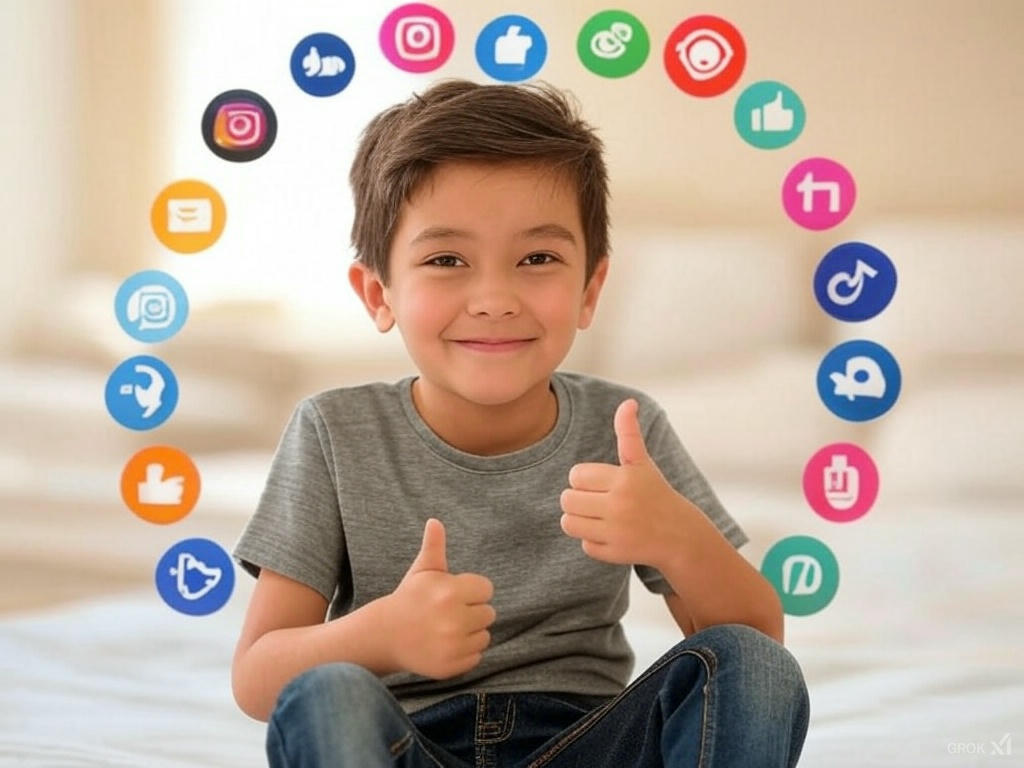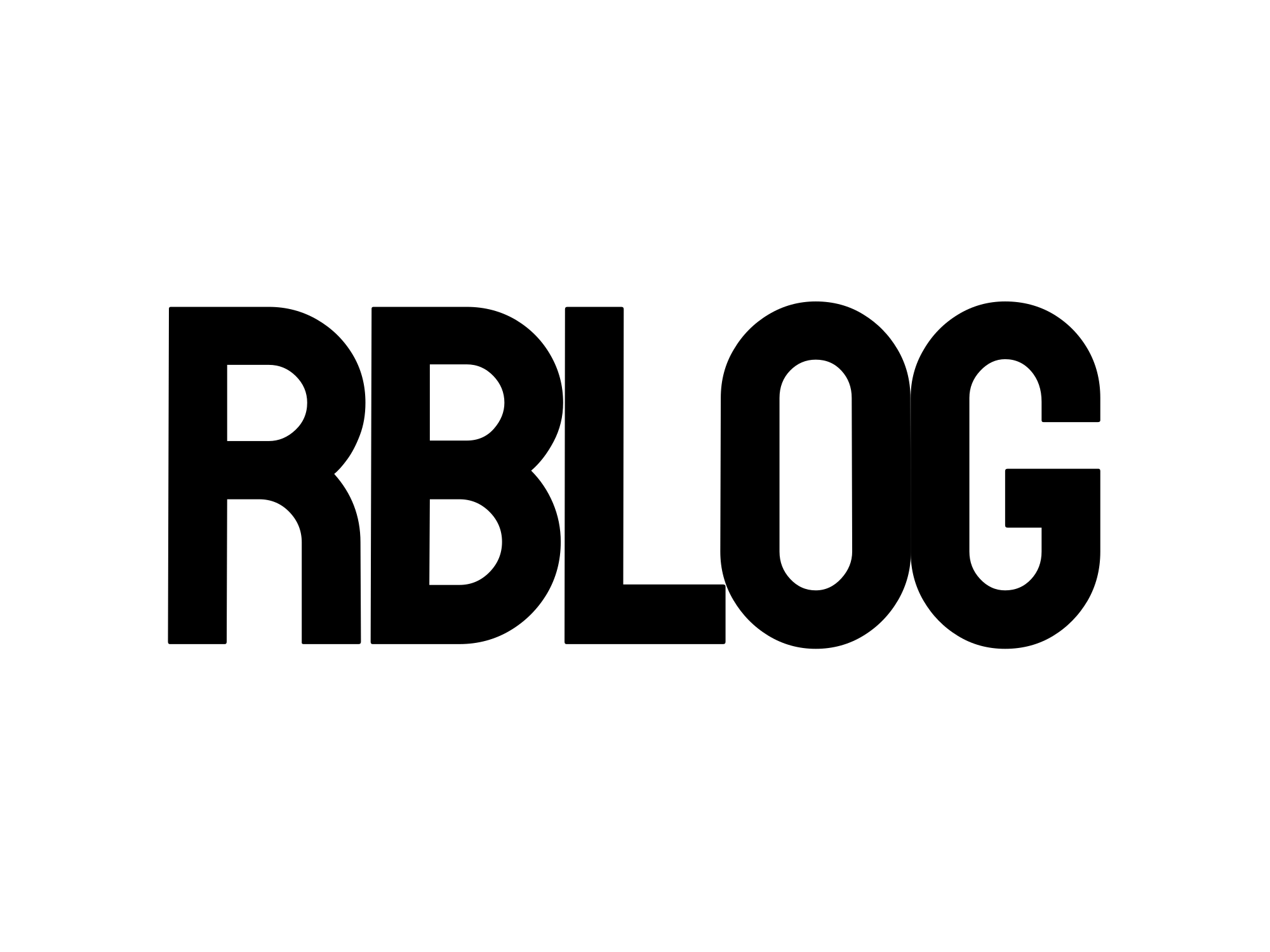Social media refers to digital platforms that allow users to create, share, and interact with content in a virtual space. Over the years, social media has evolved from simple online communities to complex ecosystems that span different industries, cultures, and demographics. Here’s a detailed overview of social media, its evolution, types, impact, and its role in modern society:

1. History and Evolution
- Early Days: Social media has its roots in the early internet of the late 1990s and early 2000s. Platforms like SixDegrees (1997) allowed users to create profiles, connect with others, and list their friends. Similarly, Friendster (2002) and MySpace (2003) provided spaces for online communities to flourish.
- The Rise of Facebook: The launch of Facebook in 2004 marked a turning point in the evolution of social media. Initially targeted at university students, Facebook soon opened up to the general public and became the largest social media platform worldwide. This platform set the stage for other social networks.
- Instagram, Twitter, and YouTube: In the following years, platforms like Twitter (2006), YouTube (2005), and Instagram (2010) revolutionized social media by introducing unique content-sharing formats (microblogging, videos, and images). These platforms gave rise to influencers, content creators, and online communities.
- TikTok’s Emergence: In recent years, TikTok (launched in 2016 as Musical.ly) has gained massive popularity, especially among younger audiences, by focusing on short-form video content and viral trends.
2. Types of Social Media
Social media platforms can be categorized into various types based on their functionality and the way users interact with them:
- Social Networking Sites: These are platforms designed to connect people. Users can create profiles, connect with friends, and share updates. Examples: Facebook, LinkedIn, Google+ (discontinued).
- Microblogging Sites: These allow users to post short, real-time updates or thoughts. The emphasis is on brevity. Examples: Twitter, X (formerly Twitter).
- Media-Sharing Platforms: Focused on sharing videos, photos, and other media. Examples: YouTube, Instagram, Snapchat, Pinterest.
- Discussion Forums: These platforms are based around forums where users can ask questions, share advice, or discuss specific topics. Examples: Reddit, Quora.
- Messaging Apps: While originally designed for text messaging, these apps have evolved to include multimedia sharing, voice, and video calls. Examples: WhatsApp, Messenger, Telegram.
- Professional Networks: Platforms focused on professional networking, job searching, and career growth. Example: LinkedIn.
- Social Bookmarking Sites: These allow users to save, share, and discover web pages. Example: Pinterest.
3. How Social Media Works
- Profiles and Content Creation: Users typically create profiles that contain personal information, posts, photos, videos, or other content. This content can be shared with friends, followers, or the general public, depending on the privacy settings.
- Interaction and Engagement: Social media encourages interaction through likes, comments, shares, direct messages, and other forms of engagement. This fosters real-time communication and community building.
- Algorithms and Personalization: Most platforms use algorithms to curate content based on user behavior, interests, and engagement patterns. This makes social media highly personalized but also raises concerns about filter bubbles and echo chambers.
- Influencers and Content Creators: Many users and brands rely on social media influencers to promote products and services. These influencers often have large followings and generate content around specific niches, such as beauty, fashion, gaming, fitness, and more.
4. Impact of Social Media
- Social and Cultural Influence: Social media has transformed the way people communicate and express themselves. It has become a primary platform for sharing opinions, organizing social movements, and voicing political or social views.
- Movements like #MeToo and Black Lives Matter gained significant traction on social media, helping to spread awareness and mobilize individuals globally.
- Trends, memes, and viral challenges spread quickly, shaping pop culture and influencing social norms.
- Business and Marketing: Social media is a powerful tool for businesses, allowing them to engage with customers, promote products, and build brand loyalty.
- Social Media Advertising: Platforms like Facebook, Instagram, and TikTok offer advertising tools that allow businesses to target specific audiences based on demographics, interests, and behaviors.
- E-commerce Integration: Social media platforms are increasingly integrating shopping features, allowing users to purchase products directly through the app. Instagram and Facebook, for instance, have shop features.
- Mental Health: While social media can foster connection, it also has potential negative effects on mental health. Issues like cyberbullying, social comparison, and addiction to validation (likes and comments) have been associated with social media use. Studies suggest that excessive use may contribute to anxiety, depression, and low self-esteem, especially among younger users.
- News and Information: Social media has become a primary source for news consumption, but the rise of misinformation and fake news has raised concerns. The speed and ease of sharing information can sometimes outpace fact-checking, leading to the spread of inaccurate or misleading content.
5. Privacy and Security
- Data Privacy: Social media platforms collect vast amounts of personal data from users, which is often used for targeted advertising and analytics. This has raised concerns about user privacy, especially in the wake of data breaches and scandals like Cambridge Analytica.
- Security Risks: Social media accounts can be vulnerable to hacking, phishing attacks, and identity theft. Users must be vigilant about protecting their data, using strong passwords, and enabling two-factor authentication.
6. The Future of Social Media
- New Platforms and Trends: As older platforms mature, new social media networks are constantly emerging, often with innovative features or niche focuses. Augmented Reality (AR) and Virtual Reality (VR) are expected to play a major role in the next phase of social media evolution, offering more immersive and interactive experiences.
- Decentralization: There’s also growing interest in decentralized social networks, which aim to give users more control over their data and content. These platforms may be less dependent on advertising revenue and more focused on community governance.
- AI and Automation: AI will likely play an increasing role in content moderation, personalizing experiences, and even creating content. Platforms may use AI to detect harmful content, fake news, and inappropriate behavior more effectively.
Conclusion
Social media has transformed the way humans communicate, interact, and share experiences. It has created global communities, influenced culture, and revolutionized business practices. However, its impact on mental health, privacy, and the spread of misinformation must also be addressed. The future of social media will continue to evolve as technology advances, but its fundamental role in shaping society remains clear.



